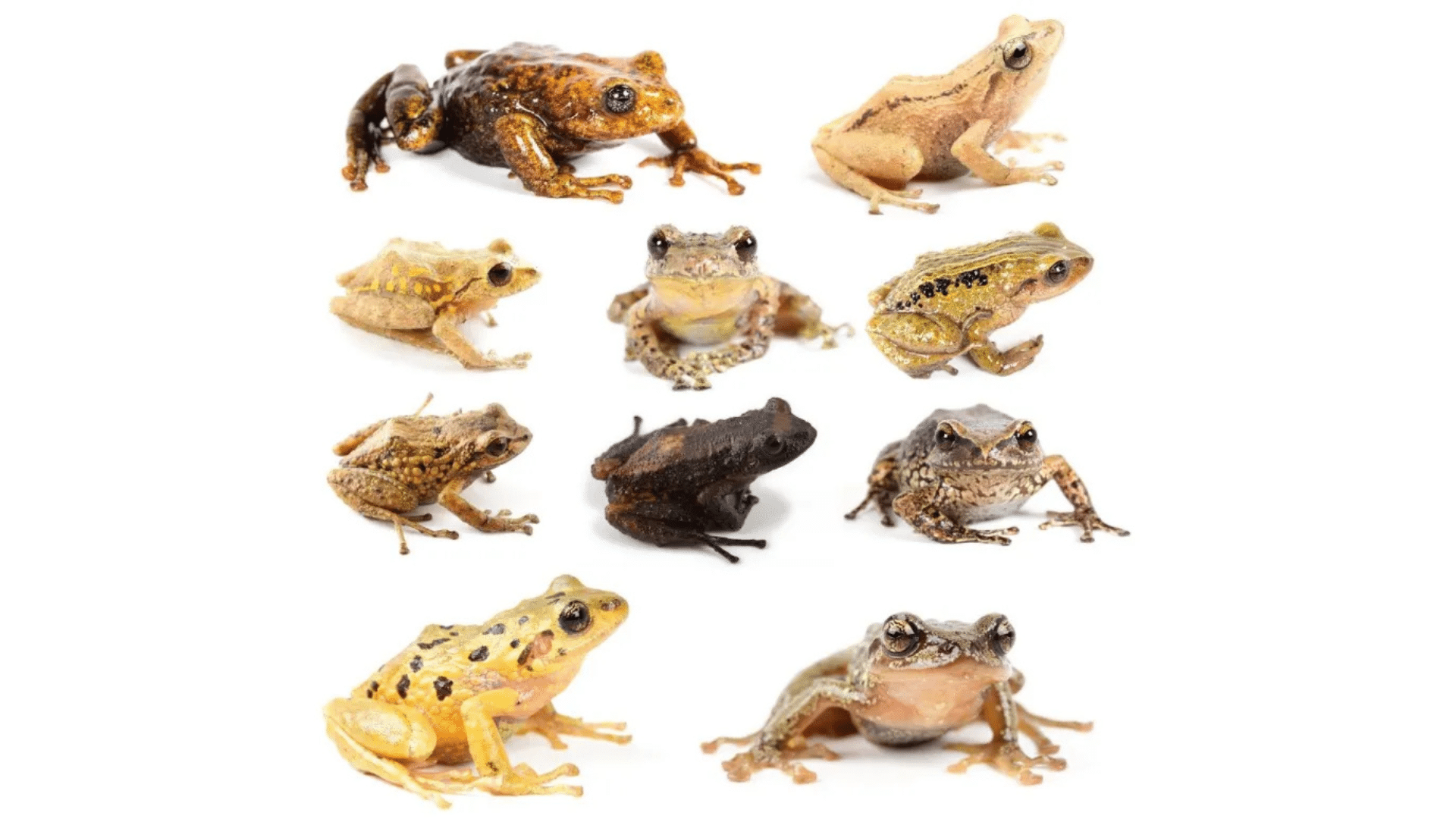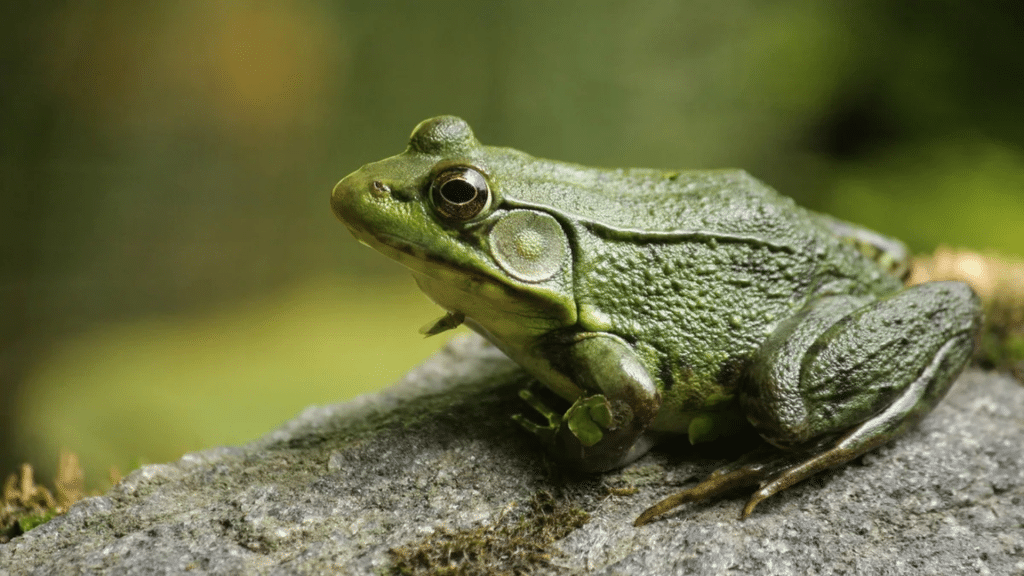Have you ever wondered how long frogs can survive without eating? These small amphibians have some surprising habits when it comes to food.
Frogs come in many sizes and types, from tiny tree frogs to big bullfrogs, each with their own eating patterns. Typically, they are cold-blooded creatures that inhabit both water and land.
Their eating needs change based on many factors like weather, age, and size. When food is scarce, frogs don’t react the same way as humans or other animals might.
Let’s hop into the facts about how frogs handle hunger and what this means for their care.
Understanding Frog Metabolism
Frogs have a unique body system that works differently from mammals. As cold-blooded animals, their body temperature matches their surroundings, which affects how fast they use energy.
When it’s warm, a frog’s body works faster. They digest food more quickly and need to eat more often. Their heart beats faster, and they move with more energy.
In cold settings, everything slows down. Their heart rate drops, they move less, and they burn fewer calories. This slowdown helps frogs save energy when food might be hard to find.
This link between body speed and outside temperature is why frogs can go without food for long periods, especially during colder months. Their bodies need less fuel to keep going.
How Long Can a Frog Go Without Food
Most adult frogs can go between 3 to 4 weeks without food when kept at room temperature. This time frame varies based on the frog’s size, type, and the surrounding weather conditions.
Smaller frogs may need to eat more often, while larger frogs can last longer without a meal.
During cooler weather, frogs can stretch this time even further. When temperatures drop, a frog’s body slows down. Their need for food gets smaller as they use less energy.
Some frogs can go months without eating during winter when they enter a sleep-like state. Young frogs and tadpoles need food more often.
They can only skip meals for about a week before facing health issues. Their growing bodies require steady fuel to continue growing.
The key point here is that while frogs can survive without eating for weeks, this doesn’t mean they should be left hungry intentionally. Regular feeding keeps them healthy in the long run.
How Long Can Different Frog Species Go Without Food

Different frog species have varying abilities to survive without food. Their size, habitat, and natural environment all contribute to how long they can survive without eating.
| FROG SPECIES | MAXIMUM FASTING PERIOD | NOTES |
|---|---|---|
| American Bullfrog | 3-4 months (hibernation) | Can go 3-4 weeks when active |
| Pacman Frog | 2-3 weeks | Needs more regular feeding when young |
| Tree Frogs | 1-2 weeks | Higher metabolism due to small size |
| African Dwarf Frogs | 1 week | Aquatic species with faster metabolism |
| Poison Dart Frogs | 3-5 days | Very high metabolism, needs frequent feeding |
| Tomato Frogs | 2 weeks | Medium-sized frogs with moderate needs |
| Wood Frogs | 3-4 months (frozen state) | Can survive winter completely frozen |
What Frogs Eat to Survive
Frogs are skilled hunters that eat a wide range of foods based on their size and habitat. Their diet changes as they grow from tadpoles to adult frogs.
Here’s what makes up the menu for most frogs in the wild:
- Insects: Most frogs love to catch flies, crickets, moths, and beetles with their quick tongues.
- Worms: Earthworms and other small wriggling creatures make up a good part of many frogs’ diets.
- Spiders: These eight-legged creatures are hunted by frogs of all sizes in gardens and forests.
- Small Fish: Larger frogs that live near water often catch and eat small fish when they can.
- Snails and Slugs: Slow-moving mollusks are easy targets for hungry frogs seeking a meal.
- Other Frogs: Some bigger frog types will eat smaller frogs if other food is hard to find.
- Mice and Small Rodents: The largest frog species can catch and swallow small mice whole.
- Tadpoles: Some frogs eat tadpoles, even from their own kind, when food gets scarce.
- Plant Matter: Tadpoles mainly eat algae and plants before they change into meat-eating frogs.
Tips to Avoid Starvation of Your Pet Frog
Keeping pet frogs healthy requires proper feeding habits. Although frogs can survive without food for a short time, it’s best to maintain regular feeding schedules.
Here are some helpful tips to make sure your frog stays well-fed:
- Feed adult frogs 2-3 times per week. Young frogs need food every 1-2 days to support growth.
- Offer prey items that are no larger than the width of your frog’s mouth to prevent choking.
- Rotate between crickets, mealworms, and other suitable foods to provide a variety of nutrients.
- Use calcium and vitamin supplements on feeder insects once or twice weekly.
- A frog that seems thin or tries to eat substrate might need more food.
- During colder months, you can feed less often as your frog’s metabolism slows down.
Summing It Up!
Frogs show us how well animals can adapt to food shortages. Their ability to go without meals ranges from days to months based on their type and surroundings.
For pet owners, knowing these limits helps provide better care for their pets. Remember that while frogs can handle hunger for some time, regular feeding keeps them at their best.
Want to learn more about frog care? Leave your questions in the comments below or check out our other articles about amphibian pets.















